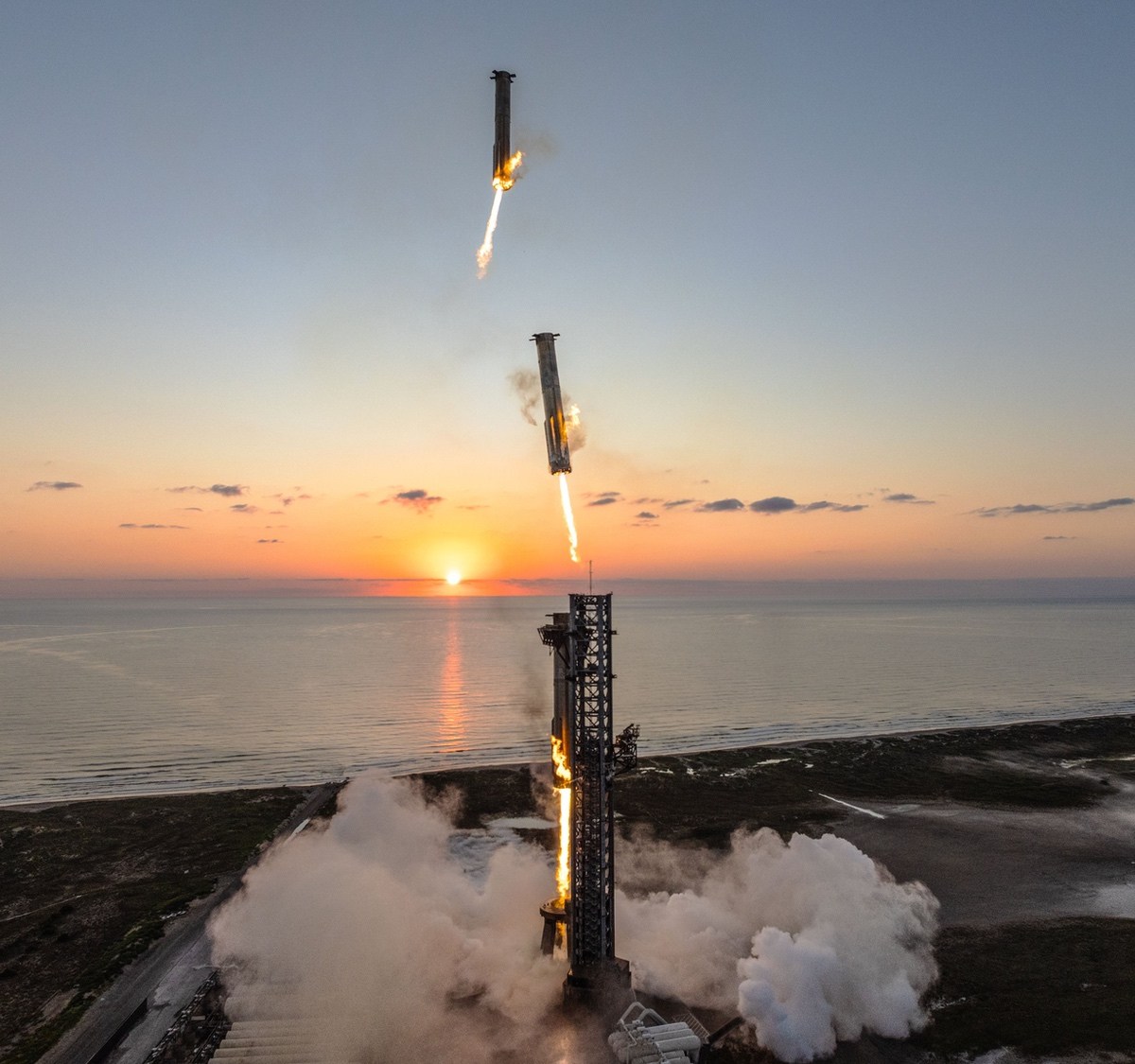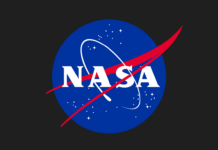SpaceX Gears Up for Next Starship Test Flight with Enhanced Capabilities
SpaceX, the renowned private aerospace manufacturer and space transportation company, is gearing up for its next major test flight of the Starship vehicle. The test is scheduled for November 18th, and it will take place at their Starbase facility located in Boca Chica, Texas. This test marks the sixth integrated flight of the Starship and its booster, the Super Heavy, as part of the company’s ongoing efforts to develop a fully reusable spacecraft system.
The announcement of this upcoming flight was made on November 6th. It coincided with the issuance of airspace restrictions by the Federal Aviation Administration (FAA), a crucial step in preparing for such a launch. These restrictions are essential for ensuring the safety of the flight path and preventing any interference from other air traffic.
Objectives of the Upcoming Flight
SpaceX has outlined several key objectives for this flight. The primary goal is to expand the operational capabilities of both the Starship and its booster. This is part of SpaceX’s broader mission to bring a reusable spacecraft system online, which would significantly reduce the costs associated with space travel.
The flight will follow a suborbital trajectory similar to the previous test conducted on October 13th. During that test, the Super Heavy booster was intended to return to the launch site and be caught by the launch tower. This "catch" technique is a novel approach developed by SpaceX to recover and reuse the booster, thereby enhancing the reusability of the entire system.
Technical Enhancements and Tests
One of the new elements of this test flight is the relighting of a Raptor engine on the Starship while it is in flight. This maneuver aims to demonstrate the spacecraft’s ability to perform a deorbit burn, a critical step for future missions that will require the spacecraft to return from orbit.
Previously, SpaceX had planned a similar test during the third flight in March, but it was not carried out due to issues with the vehicle’s roll rates. Roll rates refer to the rotation of the spacecraft around its longitudinal axis, and controlling them is vital for stable flight.
Another focus of this test will be the evaluation of changes made to the thermal protection system on the Starship. SpaceX plans to test new secondary thermal protection materials. Additionally, sections of the heat shield tiles will be removed to allow for the study of potential hardware used in future catch mechanisms. These tests are crucial for ensuring that the spacecraft can withstand the intense heat generated during reentry into Earth’s atmosphere.
Furthermore, the Starship will descend at a higher angle of attack than usual. The angle of attack refers to the angle between the spacecraft’s body and its flight path. By increasing this angle, SpaceX aims to stress-test the limits of flap control. The data gathered from this test will inform future landing profiles and improve the spacecraft’s reentry and landing capabilities.
Adjustments to the Launch Schedule
To facilitate better observation of the reentry phase, SpaceX has adjusted the launch time for this mission. Unlike previous launches, which occurred in the morning, this flight is scheduled to commence during a 30-minute window starting at 5 p.m. Eastern Time. This timing will ensure that the Starship’s splashdown happens during daylight hours in the Indian Ocean, providing better visibility for data collection and analysis.
Improvements to the Super Heavy Booster
In addition to the enhancements on the Starship, SpaceX is making several improvements to the Super Heavy booster. The company is incorporating additional redundancy into the booster’s propulsion system and increasing its structural strength in certain critical areas. This means that the booster will have backup systems in place to ensure its functionality even in the event of a component failure. SpaceX is also working to reduce the time needed to remove propellants from the booster after its return, streamlining the recovery process.
Software updates have been made to the booster’s controls and the criteria for launching and returning the booster. These updates are informed by lessons learned from previous flights. For instance, SpaceX CEO Elon Musk shared an audio recording on October 25th where officials discussed an almost aborted catch during the last Super Heavy flight. This was due to a misconfigured parameter related to the Raptor engines. After reviewing data from that flight, SpaceX has implemented necessary changes to avoid similar issues in the future.
Fast Turnaround and Regulatory Approvals
If the upcoming flight occurs as scheduled, it will represent the fastest turnaround time between Starship/Super Heavy test flights, clocking in at just over five weeks. This rapid pace is possible thanks in part to the FAA license issued in October, which permitted both the fifth and the upcoming sixth flight. The FAA’s approval of the Flight 6 mission profile indicates that the changes requested by SpaceX fall within the parameters previously analyzed by the agency.
This quick turnaround is a testament to SpaceX’s commitment to developing a robust and efficient space transportation system. The company’s ability to iterate rapidly and incorporate new learnings into subsequent tests is a key factor in its progress.
Conclusion
As SpaceX prepares for this next test flight, the aerospace community and the public alike are watching with great interest. The technological advancements being tested and the data gathered will be critical for the future of space exploration. By pushing the boundaries of what is possible with reusable spacecraft, SpaceX is paving the way for more sustainable and cost-effective space travel.
For those interested in following the progress of the Starship and its development, keeping an eye on SpaceX’s announcements and FAA updates will provide insights into the future of space transportation. This test is not just another flight; it’s a stepping stone toward the ambitious goal of making space travel as routine as air travel.
For more detailed information, you can check the original article at SpaceNews.
For more Information, Refer to this article.






























